A week ago I had the privilege and pleasure to present at the State Rose and Garden Show in Werribee. What an honour that was, to speak on the same stage that also had Jane Edmondson from Gardening Australia, Vasili Kanidiadis of Vasili’s Garden on SBS and landscape designers and horticulturalists all talking about gardening, roses, propagation and a number of other things. It was a lovely day and the setting was just perfect with hundreds of rose bushes in full flower.
I thought I’d share with you what my presentation covered below.
It was my maternal grandmother that really got me into gardening. As a child I used to stay with her during school holidays and we’d spend many hours out in the garden together. Today I have marigolds and canna lilies in our garden just so I can feel my grandmother’s presence. I don’t think we truly understand how important grandparents can be for instilling the love of gardening into their grandchildren till we are in that place ourselves.
Move forward to 10 years ago, when my husband and I shifted into Selby, here in the Dandenong Ranges. We were being constantly delighted with the new garden we now owned and I loved walked around it and exploring it. One day I heard a bee buzzing that sounded so different to other bees I’ve seen and heard. It took me three weeks to get a photo of that bee, that was sufficient to identify it and learnt that it is a Blue-banded Bee, a native Australian bee, that is often solitary too. Getting a good image of that bee whetted my appetite for more and I began to focus a lot more on what is in our garden, not just the plant life, but the insects and pollinators, plus the bird life and wild life that lives here with us, often undetected. My passion for photography grew, alongside my passion for gardening, and both go hand-in-hand today.
I’ve been allowed into other people’s gardens to photograph for them, so that they could receive the photos in either book form, or on CD for them to do with as they wish. For those in book form, it serves as a memory of the garden they are leaving, when shifting away from the area – sometimes not of their own desire. Health, fitness, illness, family needs, can all determine that people must move on to somewhere else, often a smaller property, or a unit where there is care available 24/7. Our elderly neighbour was one of these people, having to go to a nursing home 4 years ago. She was so much like my own grandmother that I missed her for a long time, even grieved for her company, and the privilege to wander her large garden as though it were my own. I’m so glad I was able to do that because, when it came time for her to leave, not long after her 85th birthday, my husband and I presented her with a book of her garden and sculptures, to take with her.
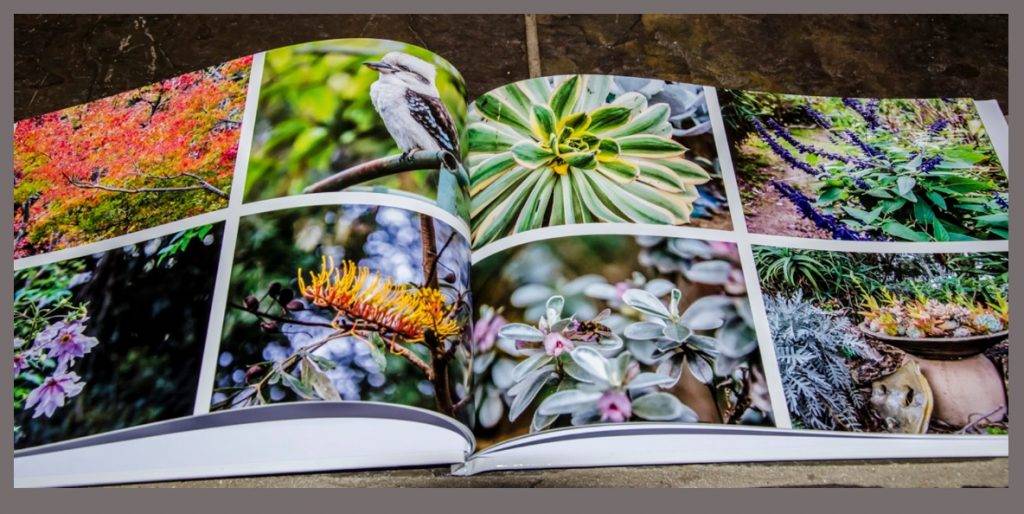
So, what were the tips I gave to the audience at the State Rose and Garden Show? Here they are, and hopefully they will help you with your own garden photography:
- Watch your backgrounds. Sometimes we’re so focussed (with our eyes) on the subject matter, that we forget to look at what’s around our subject and whether or not it will detract from the subject in a photo. Sometimes it might mean shifting your position for a better angle.
- Remove distracting elements – tools, hoses, weeds in the way, or other items that won’t add value to the photo.
- Straight horizons – funny when you look at a photo you took, you can suddenly notice the horizon is on a slant. Get used to keeping it straight when taking the photo.
- Lead the eye in. If there is a pathway, a fence, something else with a straight line, set it in the image so that it leads the eye into your photo.
- Close ups and further distance. Practice taking close ups of a subject but also more distant shots to include the surroundings. There’s always more than one way to view the subject matter and, of course, with a garden, you will get a different view all the year round.
- Shift your position. As with the above tip – shift your position for your topic. From the left, the right, in front of, below, above, behind.
- Learn to steady your camera or use a tripod. I rarely use one, having learnt to hold my camera still, but there are occasions when a tripod is definitely needed. Some photographers use one all the time – it’s personal choice but worth looking into.
- Changing your F stops (F2.8 through to F22) can make a big difference re how your background and foreground shows up in an image. From blurring it out to including.
- Light conditions – often the first 2 or 3 hours of the day and then the last couple of the day are the best times for photographing your subject. Try it out to see what the best light conditions for you are.
- Rule of thirds – think of your camera like a grid (some have a grid that will show up for you). It’s a two lines across and two lines down, breaking your area up into 9 squares. Generally placing your subject up or down, left or right, in the third quadrant is a way to make your photos more interesting, rather than placing them dead centre.
But remember with all of the above, it’s not just about the flowers, it’s about what else is in your garden too. Take the time to get up close and personal, looking more further afield, when out taking photos. Take notes to help you remember what you shot if you don’t remember the name of a plant and the name tag is present at the time. Get to know your garden on a more personal level, and perhaps that of family and friends too. Local botanical gardens are a good spot to visit as well for garden photography. Enjoy!
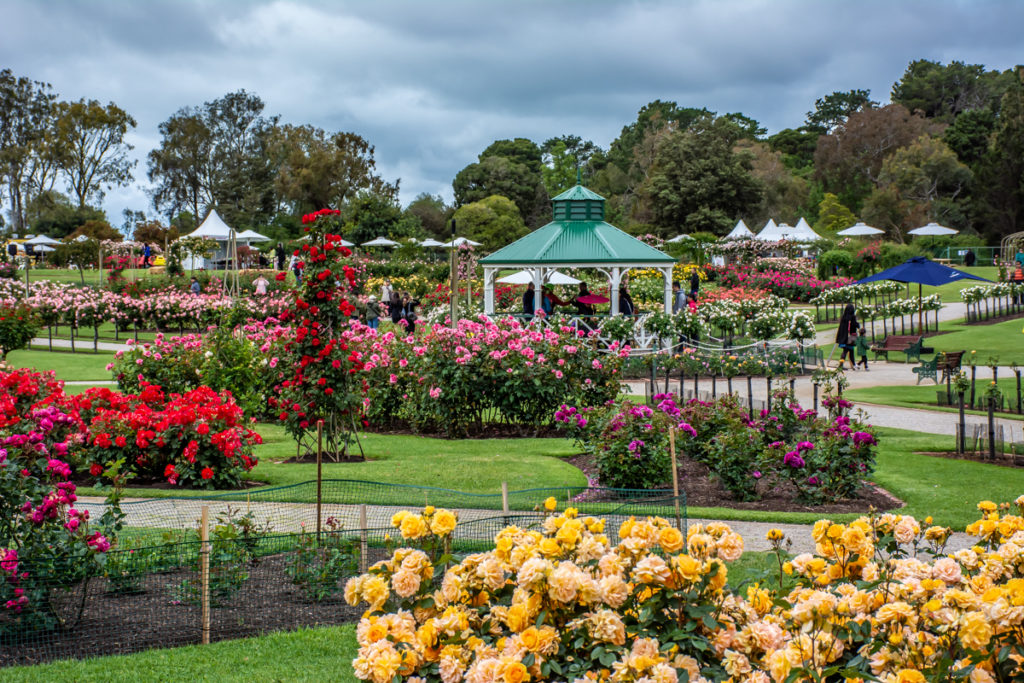
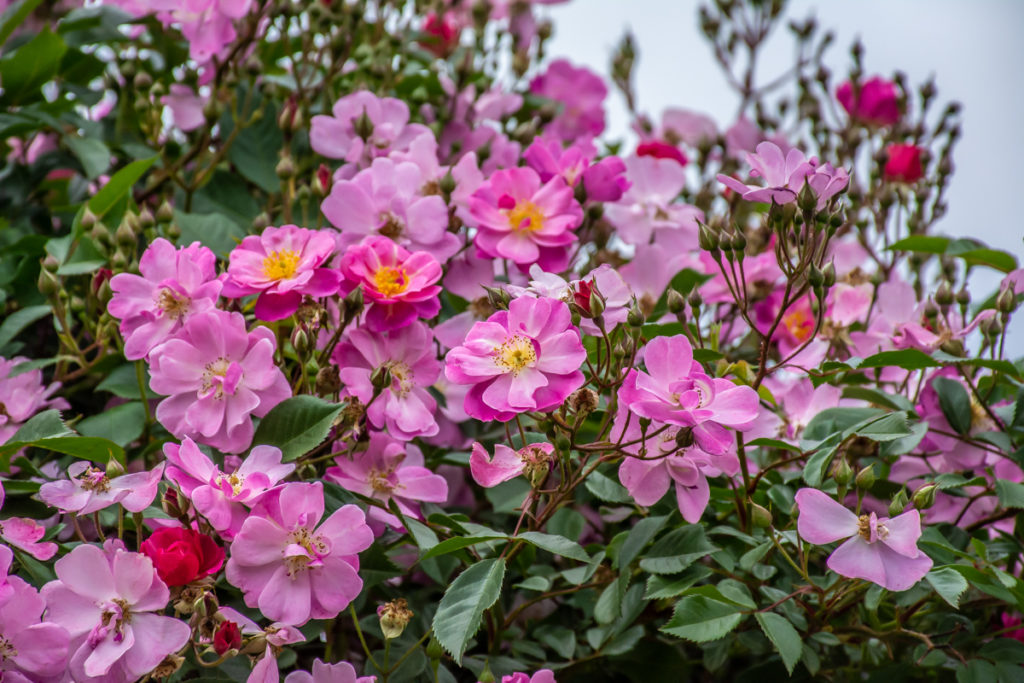
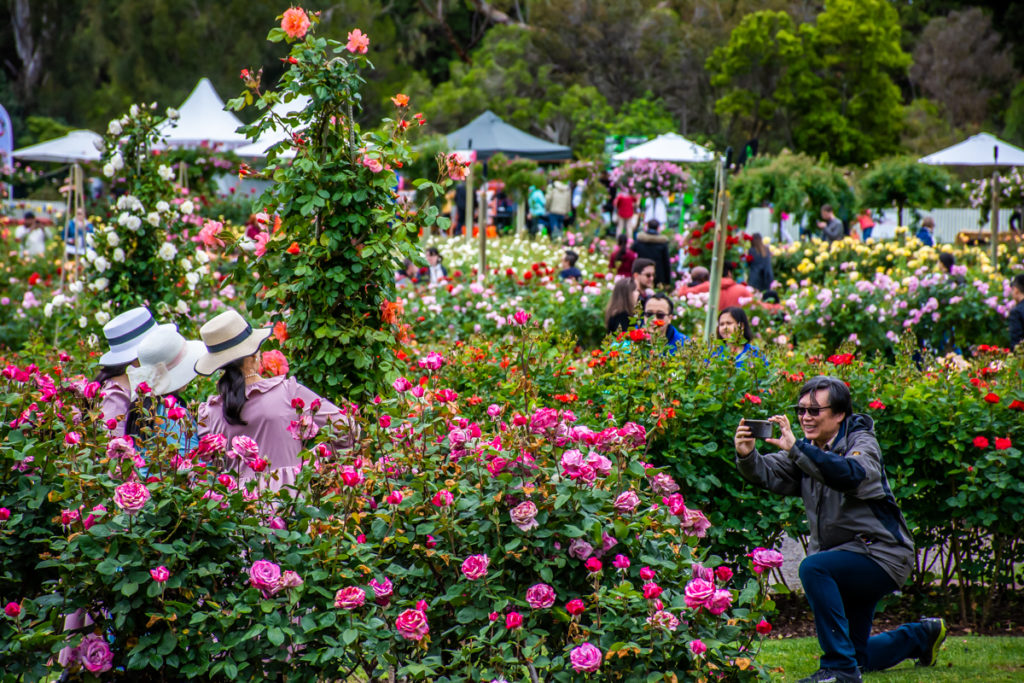
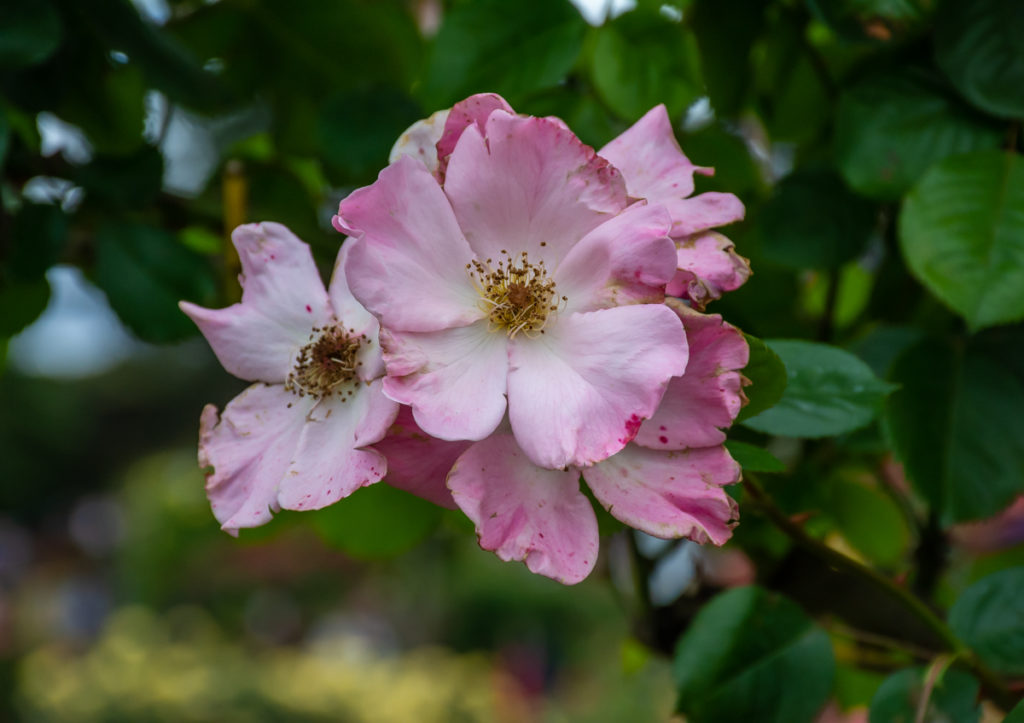
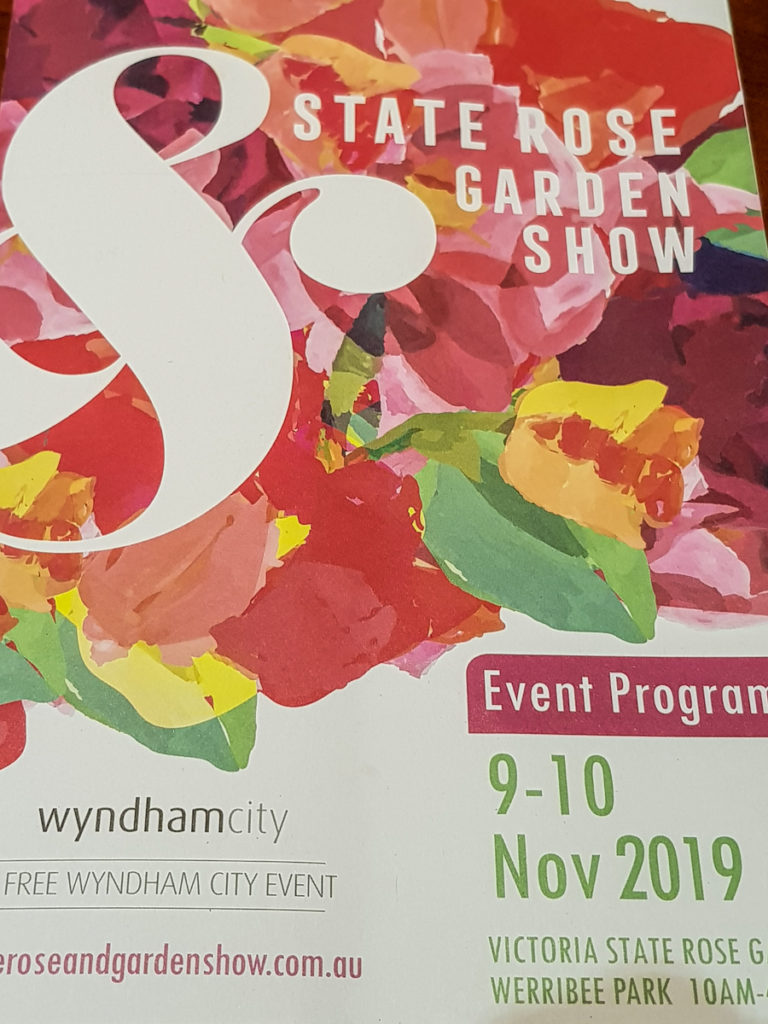
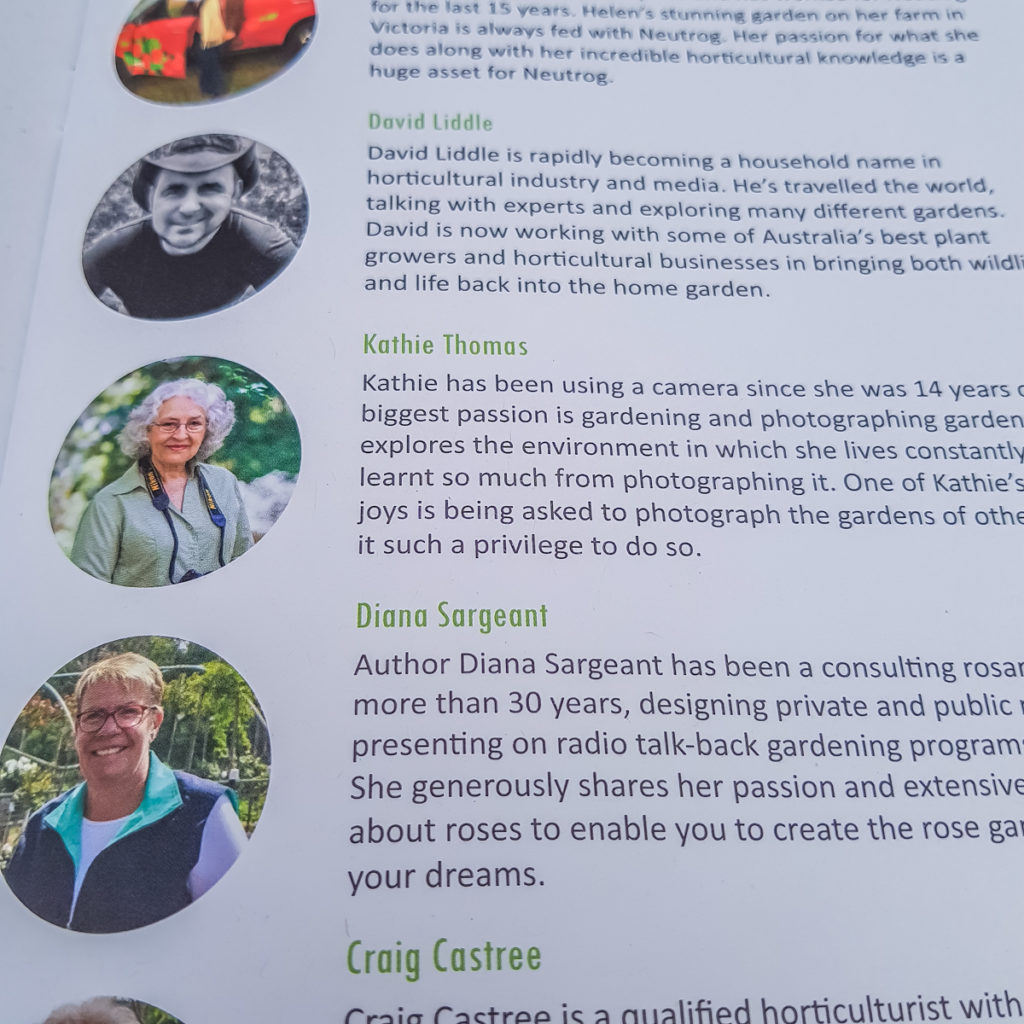
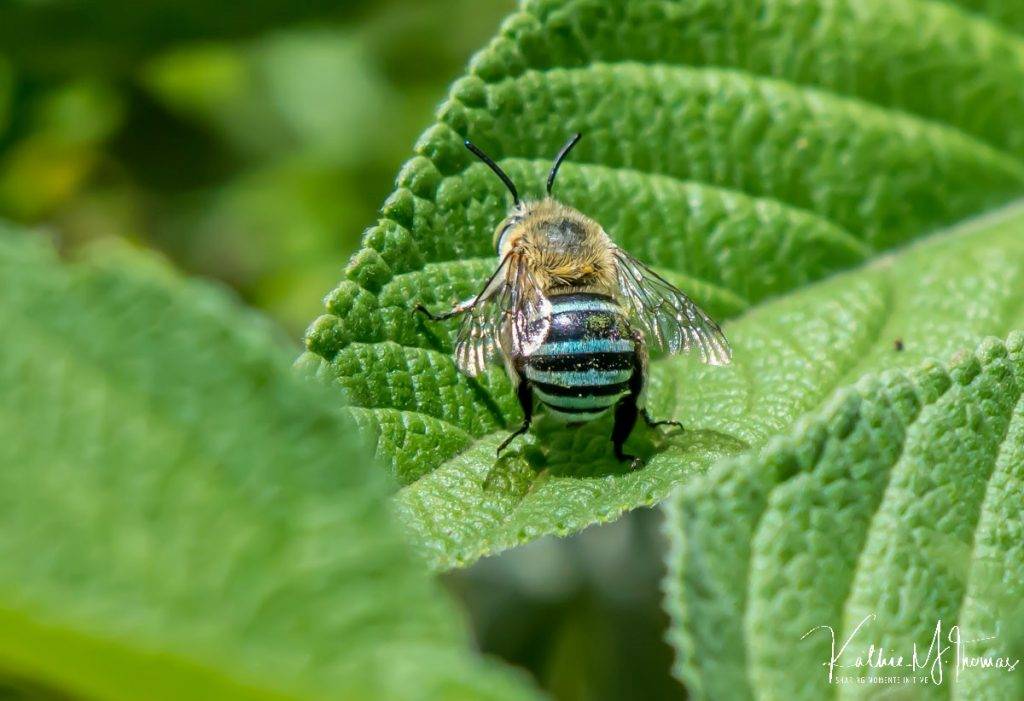
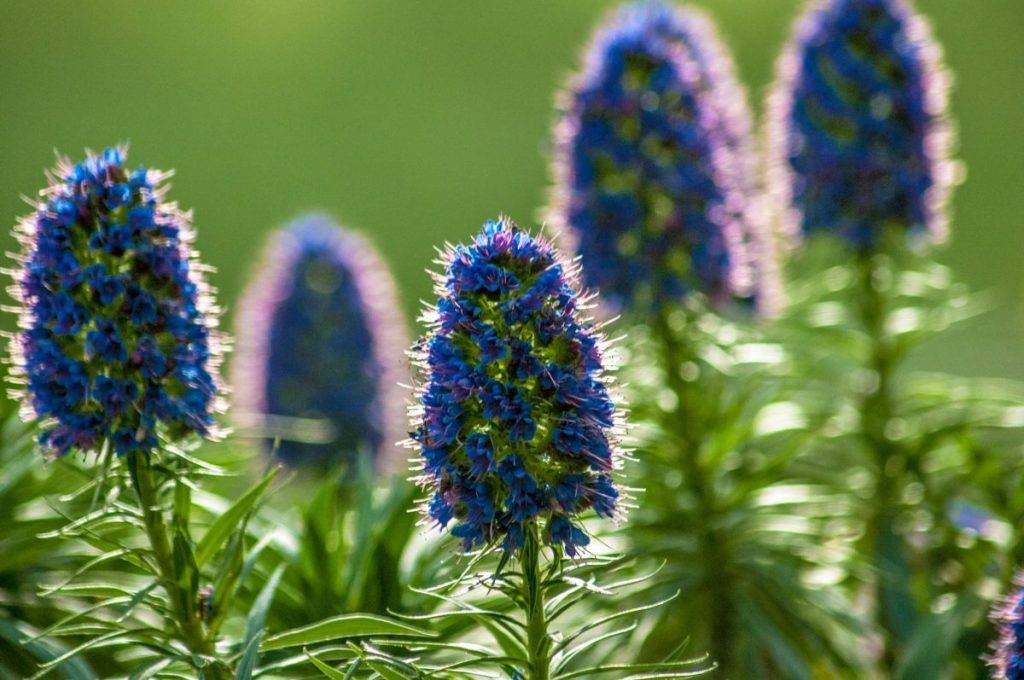
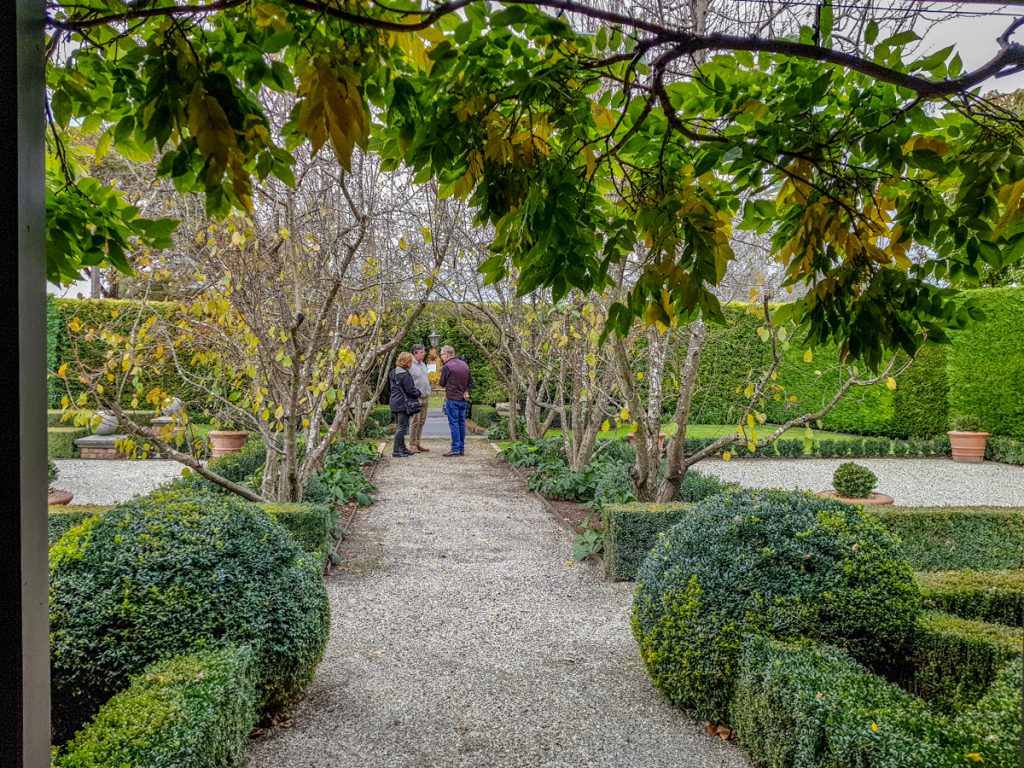
Leave a Reply